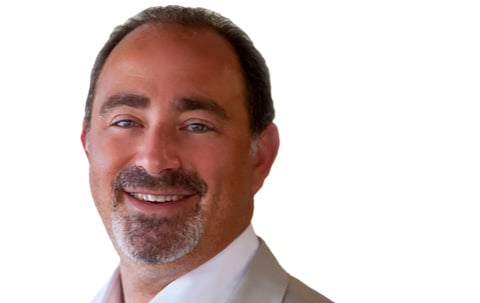During the "State of the Market Town Hall Meeting," panelist Michael Smith, senior managing director with CB Richard Ellis, said the office market is coming back in Downtown San Francisco. Historically, the area sees one million sf of absorption annually, but the last two years have averaged roughly two million sf of absorption. "The tech and life sciences [segments] will drive business in Downtown San Francisco for the next several years," Smith said.
Panelist Chris Barlow, a partner with Wareham Development, said to keep an eye on the entrepreneurial-minded innovators as potential market drivers. "The big companies are looking for blockbuster products for growth," Barlow said, "but it's often the scientists who are spinning off and forming their own companies" who are demanding space and ultimately feeding the supply chain.
Larry Baer, executive vice president and COO of the San Francisco Giants, batted first at the conference. His keynote address focused on anecdotal information on the development of AT&T Ballpark as well as San Francisco Giants Enterprises.
Baer said the Giants use the ballpark some 80-plus days per year, bringing traffic and dollars to the facility, "but in this golden era of sports stadiums" the new facilities model calls for owners to maximize usage those 280-plus days when ballgames are not being played.
"We squeeze out whatever is possible there," said Baer. He added that everything from religious events to rock concerts to "the launch of a new product by Hewlett Packard" have been booked at AT&T Ballpark.
While the Giants' six-year-old stadium has been a big success, Baer admitted that plans concerning new facilities for the San Francisco 49ers and Oakland A's face major challenges. First on the docket is finding and agreeing on the right space. Beyond that, other obstacles include deciding on what the facility and its surrounding area will become.
Creating an "urban entertainment center" is an attractive option and sounds good on paper, but Baer cautioned local owners, as well as owners around the country, to be wary of trying to do too much at once with a ballpark. He said a "phased approach" is preferable to going "all in… . If you put too much of it [together] at once, it can fall apart under its own weight."
The event also featured Michael Corvarrubias, the chairman and CEO of San Francisco-based TMG Partners. One of the area's most powerful real estate players, Corvarrubias sat down with Real Estate Media group publisher and editorial director Michael Desiato for the "Inside the Real Estate Mind" segment.
The TMG executive reflected on his real estate career and offered his thoughts on the recent industry bull cycle. "Every investor who stretched a little over the past four years and bought property now looks like Einstein with an IRR calculator," Corvarrubias said. "I don't care what they bought, or where they bought it; they made money.
Produced by Real Estate Media, publishers of GlobeSt.com, Real Estate Forum and Real Estate Southern California, the event also included panel sessions on the biotech and life sciences industries, the local apartment and condominium markets, debt and equity capital markets, the investment sales market and the TIC industry.
Among the other speakers were industry leaders Luis Belmonte, principal with Seven Hills Properties; Michael Kamm, CEO of NAI BT Commercial; Tony Crossley, SVP with Colliers International; Chris Elmendorf, director of acquisitions and leasing, BioMed Realty Trust Inc.; Jeffrey Mishkin, regional manager, Marcus & Millichap; Joe Cook, executive managing director, Cushman & Wakefield; and Tarak Patolia, SVP, Sterling American Property Inc.
Belmonte and Kamm squared off as part of a segment titled "Pardon the Interruption," which is based on the popular EPSN TV show, featuring Tony Kornheiser. Both Belmonte and Kamm were given approximately one minute to answer rapid fire real estate questions. When asked whether the market was headed for a housing bubble, Belmonte quipped that "it's not a bubble we're heading toward, but a housing soufflé."
However, Belmonte said that the local housing market will not be hit nearly as hard as other regions nationally. "Our whacko entitlement process has limited supply [here], but it will be a blood bath in other parts of the country."
Want to continue reading?
Become a Free ALM Digital Reader.
Once you are an ALM Digital Member, you’ll receive:
- Breaking commercial real estate news and analysis, on-site and via our newsletters and custom alerts
- Educational webcasts, white papers, and ebooks from industry thought leaders
- Critical coverage of the property casualty insurance and financial advisory markets on our other ALM sites, PropertyCasualty360 and ThinkAdvisor
Already have an account? Sign In Now
*May exclude premium content© 2024 ALM Global, LLC, All Rights Reserved. Request academic re-use from www.copyright.com. All other uses, submit a request to [email protected]. For more information visit Asset & Logo Licensing.








